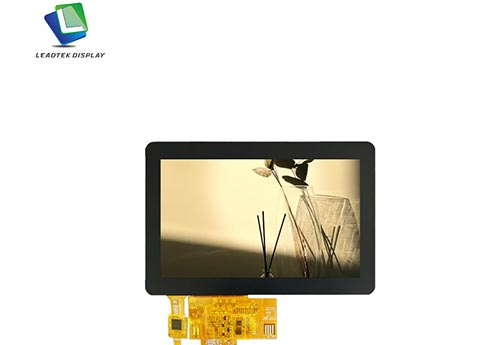Versatility of Touch Screen Modules in Modern Technology
Touch screen modules have revolutionized the way we interact with electronic devices, enabling a more intuitive user experience across various applications. From smartphones to industrial machinery, the integration of touch screen technology has become essential in today’s digital landscape.
What is a Touch Screen Module?
A touch screen module is an assembly that includes a touch-sensitive screen, a controller, and the necessary hardware to interface with a device. This technology allows users to interact directly with what is displayed, rather than using traditional input devices like a mouse or keyboard.
Key Components of Touch Screen Modules
Touch Sensor: The layer that detects touch inputs, available in different technologies like resistive, capacitive, and infrared.Controller: The hardware that processes the touch signals and translates them into data that the device can understand.
Display Panel: The screen that shows the graphical interface and responds to touch interactions.
Benefits of Touch Screen Modules
1. Enhanced User Experience
Touch screen modules offer a more engaging user experience by allowing for direct interaction with content. This immediacy can make tasks easier and faster, especially in applications like gaming and design.
2. Space Efficiency
Integrating a touch screen module can save space by combining the display and input functionality into one device. This is particularly advantageous in environments where space is limited, such as kiosks and mobile devices.
3. Versatility in Applications
Touch screen technology is incredibly versatile and can be used in various industries:Consumer Electronics: Found in smartphones, tablets, and laptops, enhancing user interfaces.
Healthcare: Used in medical devices for easy data input and patient interaction.
Retail: Interactive kiosks for self-service options and information display.
Industrial: Machinery control panels that allow operators to manage equipment easily.
Types of Touch Screen Technologies
1. Capacitive Touch Screens
Capacitive touch screens use the electrical properties of the human body to detect touch. They are known for their high sensitivity and support multi-touch gestures, making them popular in smartphones and tablets.
2. Resistive Touch Screens
Resistive touch screens consist of multiple layers that detect pressure applied to the screen. While they can be used with a stylus or gloved hand, they typically do not support multi-touch.
3. Infrared Touch Screens
Infrared touch screens use an array of sensors to detect the presence of a finger. They are durable and can be used in various environments, including outdoor applications.Conclusion
Touch screen modules are integral to modern technology, enhancing usability and efficiency across various sectors. As advancements continue, the applications and capabilities of touch screen technology are expected to expand further, making them a crucial component of future innovations.






 Microsoft Teams
Microsoft Teams WhatsApp
WhatsApp Email
Email Inquiry
Inquiry WeChat
WeChat
 TOP
TOP